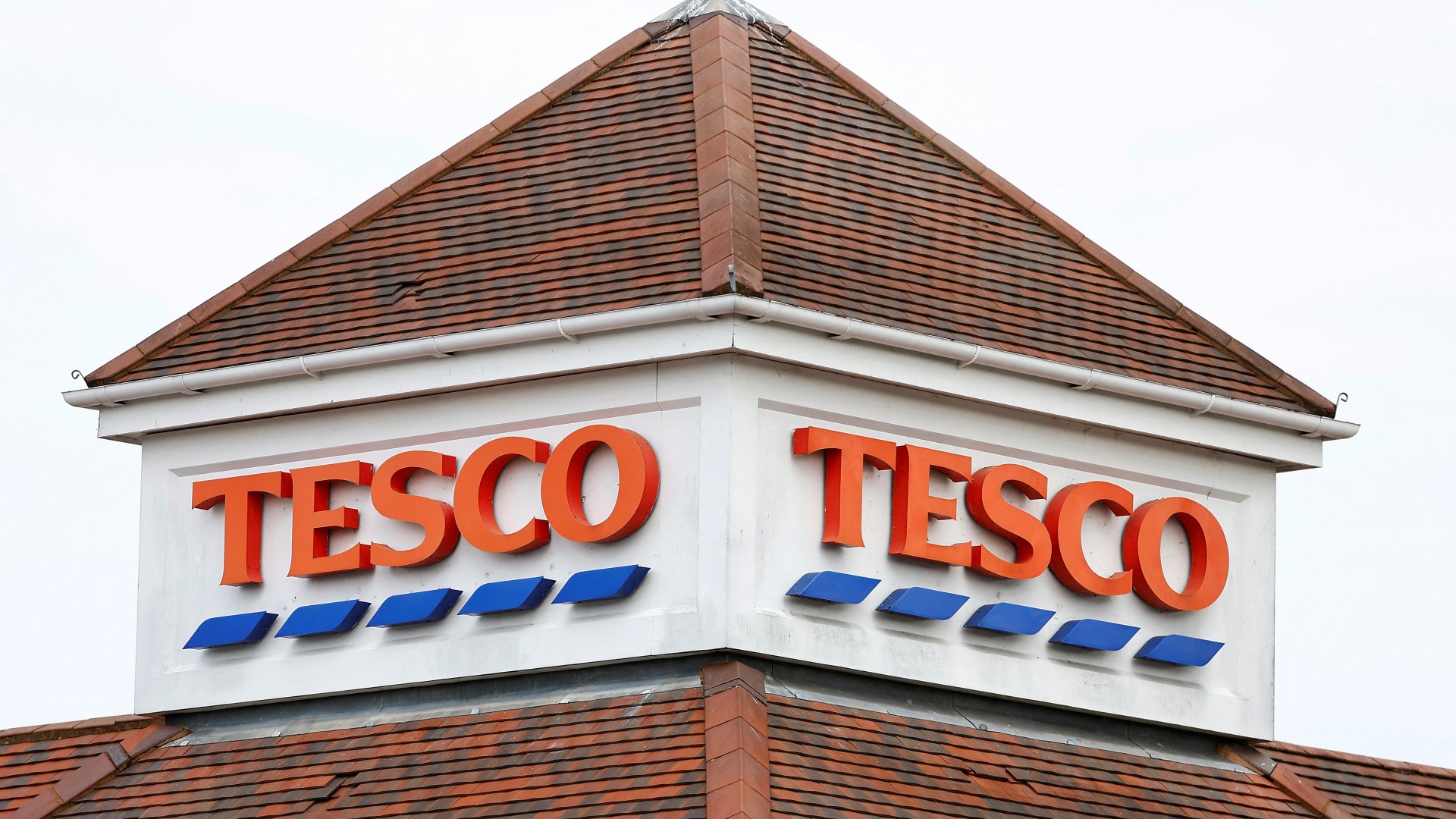When Benjamin Netanyahu strode to the podium to address the UN General Assembly on Friday, observers expected that he would respond to a US-led proposal for a three-week ceasefire to end the spiralling conflict between Israel and Hizbollah.
Instead, the Israeli prime minister delivered one of his most belligerent speeches, vowing to continue “degrading Hizbollah until all our objectives are met” and saying “they put a missile in every [Lebanese] kitchen. A rocket in every garage.”
Less than two hours later, Netanyahu ordered Israel’s biggest strike yet on the southern suburbs of Beirut, a Hizbollah stronghold but also one of the Lebanese capital’s most densely populated areas. The target was Hassan Nasrallah, the 64-year-old cleric who led Hizbollah for more than three decades.
There was no word from Hizbollah as Israel’s fighter jets swarmed over Lebanon, unleashing a wave of devastating strikes across the nation. Rescuers worked into the night searching through the rubble of the six residential blocks flattened by Israeli bombs in Dahiyeh, the southern suburb of Beirut, where Israel’s spies had apparently located Nasrallah.
On Saturday, Hizbollah announced that Nasrallah had died.

For almost a year, Israel’s prime aim has been to destroy Hamas, the Palestinian militant group in Gaza that triggered a wave of regional hostilities with its October 7 attack. But in a matter of weeks it has struck a string of crushing blows against Hizbollah after switching its focus to its northern front with deadly effect.
Netanyahu needed a victory as the grim anniversary of October 7 approaches. His far-right government has had Hizbollah in its sights since the Iranian-backed group began firing rockets across the Lebanese-Israeli border in solidarity with the Palestinian group, a day after Hamas’s attack. And he has faced mounting domestic pressure to ensure northern Israel is safe for more than 60,000 displaced Israelis to return to their homes.
In the early days of the conflict, it took the Biden administration’s intervention to prevent Israel from launching a pre-emptive offensive against Hizbollah. Washington feared it would trigger a broader regional war.
Hizbollah was thought to be a far more formidable foe than Hamas. It is considered one of the world’s heaviest armed non-state actors, with a vast arsenal that includes precision-guided missiles that can strike across Israel. It is also by far Iran’s most important proxy, raising the risk that an all-out war with Hizbollah could draw in Iran.
For months, Israel and Hizbollah exchanged daily fire with growing intensity, but it was mostly contained to the border region.
Nasrallah repeatedly signalled he did not want to be sucked into a full-blown conflict with the Middle East’s best-equipped militaries. But he insisted that Hizbollah would not rein in its attacks on Israel as long as Israeli forces were fighting Hamas in Gaza.
The US pushed for such a diplomatic solution but an overall ceasefire remained elusive. It was also unable to decouple the two fronts.
Meanwhile Netanyahu was planning to raise the stakes with a wave of escalatory attacks this month that underscored the extraordinary depth and reach of Israel’s intelligence network in Lebanon and the extent to which Hizbollah had been compromised.
First, it sparked panic and mayhem within Hizbollah’s ranks last week by targeting the heart of the group’s communications network. One day, the group’s pagers were simultaneously exploding across Beirut and other parts of Lebanon, maiming thousands people on the front lines, in shops, cafés and homes. The next day, it was walkie-talkies detonating.
Israel followed up with a strike on a residential building in the southern suburbs of Beirut as some of Hizbollah’s top military commanders held a clandestine face-to-face meeting. The Israeli military killed Hizbollah’s special operations commander Ibrahim Aqil, along with what it claimed was the “senior chain of command of the Radwan Force”, an elite unit.


The attacks, part of what Israel described as a “new phase” of its war against Hizbollah, prompted the US, France and their allies to make a new push for a ceasefire on the northern front.
But almost as soon as the initiative was announced on Wednesday, members of Netanyahu’s governing alliance poured cold water on the proposal, insisting Israel would fight on.
Nasrallah had gambled on pursuing a war of attrition with a far superior enemy from the moment Hizbollah fired on Israel on October 8. But that strategy backfired spectacularly, dealing huge losses to his militant group and plunging Lebanon into conflict.
With Nasrallah’s death, Israel has claimed its biggest scalp since the conflict erupted.

A critical question is whether Iran, which has made clear its desire to avoid an all-out conflict with Israel and the US, shows restraint after such a grievous blow against its closest ally. Nasrallah was one of the most influential and consequential leaders in the so-called axis of resistance.
But the Islamic regime’s ultimate aim is the republic’s survival, so it may choose to avoid direct confrontation with Israel. There are, however, other militant groups within the axis, including Houthi rebels in Yemen and militias in Iraq and Syria, that could be mobilised to step up attacks on Israel.
For Lebanon, a nation shattered by years of grinding economic and political malaise even before October 7, it means more agonising uncertainty and instability.
Hizbollah represents a large swath of Shia society in a country where a multitude of Muslim and Christian sects have coexisted uneasily. It is embedded in Lebanese society, with vast social and economic networks and a powerful political party. The decimation of its military wing has brought fear and confusion, but few answers about what comes next.
History shows that when one militant is killed another is ready to step up. But will it maintain its discipline? Will it fragment? Will it become more extremist? Will its remaining commanders roll the dice and throw everything they have at Israel to avenge their comrades and prove that the group is still standing?
“Nasrallah was the central shaper of Lebanon in the past three decades. His assassination will not just reshape Hizbollah but also take Lebanon into more unknown territory,” said Emile Hokayem, director of regional security at the International Institute for Strategic Studies.
“Much will depend on how much of the leadership structure remains and whether it will decide to throw whatever is left at Israel or redirect its remaining energy and anger internally.”




















































































































































You must be logged in to post a comment Login